How Detergents are Extremely Useful in Bioscience Experiments
by Pallabi Roy Chakravarty, Ph.D.

by Pallabi Roy Chakravarty, Ph.D.
Detergents are versatile chemical tools. But how exactly do they help in experiments?
Some detergents break down biological membranes, and some are used to denature proteins. These two functions of detergents make them indispensable in experiments like cell lysis or permeabilization, protein extraction, electrophoresis and blotting.
Detergents may seem like just another reagent in a series needed for your protocol. But their structure and function lends so much to experimental success. For example, detergent molecules are ‘amphipathic’ – that is, they contain both hydrophilic and hydrophobic groups. And that becomes very handy in their role in experimental applications like cell lysis or membrane protein solubilization.
When you really look at how detergents work, it’s incredibly fascinating. What makes it even cooler is how the different classifications of detergents can impact functionality and experimental results.
In this article, we’re taking a deep dive to learn all about the amazing world of detergents - their structure, classification, types of experiments that use them, and their applications. We will also give you important tips to help you decide the most appropriate detergent for your experiment.
There is a lot of exciting stuff coming up. Read on to have a good grasp of why you need that Tween 20 added to your blocking buffer, or why your protocol talks about sodium dodecyl maltoside for solubilizing your target membrane protein.
Chemistry behind how detergents function in experiments
How do detergents help with lysing cell membranes?
Detergent classification and experimental uses
Experiments where detergents are useful
Solubilizing membrane proteins
Detergents in blocking buffers in blotting
Choosing a suitable detergent for your experiment
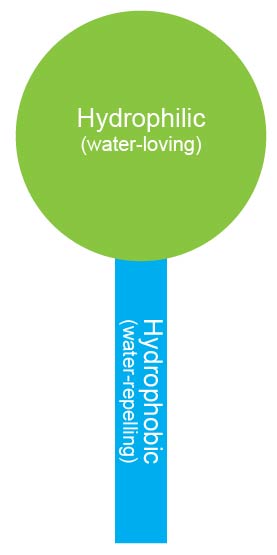
Detergents are used in experiments to penetrate and lyse biological membranes – which they can do, because detergents and membranes have similar chemistry. They have both polar hydrophilic and non-polar hydrophobic groups. On top of this, detergents that have ionic groups can also denature proteins.
A detergent molecule has both a nonpolar part that is hydrophobic, and a polar part that is hydrophilic. Because of this, when a detergent is in an aqueous solution such as in experimental environments, the following two things happen.
One, the nonpolar parts of the molecules cluster together due to hydrophobic interactions. Two, the polar regions form hydrogen bonds with water.
Due to these inter-molecular hydrophobic and hydrogen bond interactions, when there are enough detergent molecules in the solution, they cluster together to form a micelle, as shown in figure 2.
Figure 1. Illustrated detergent molecule with the polar hydrophilic and nonpolar hydrophobic regions labeled.
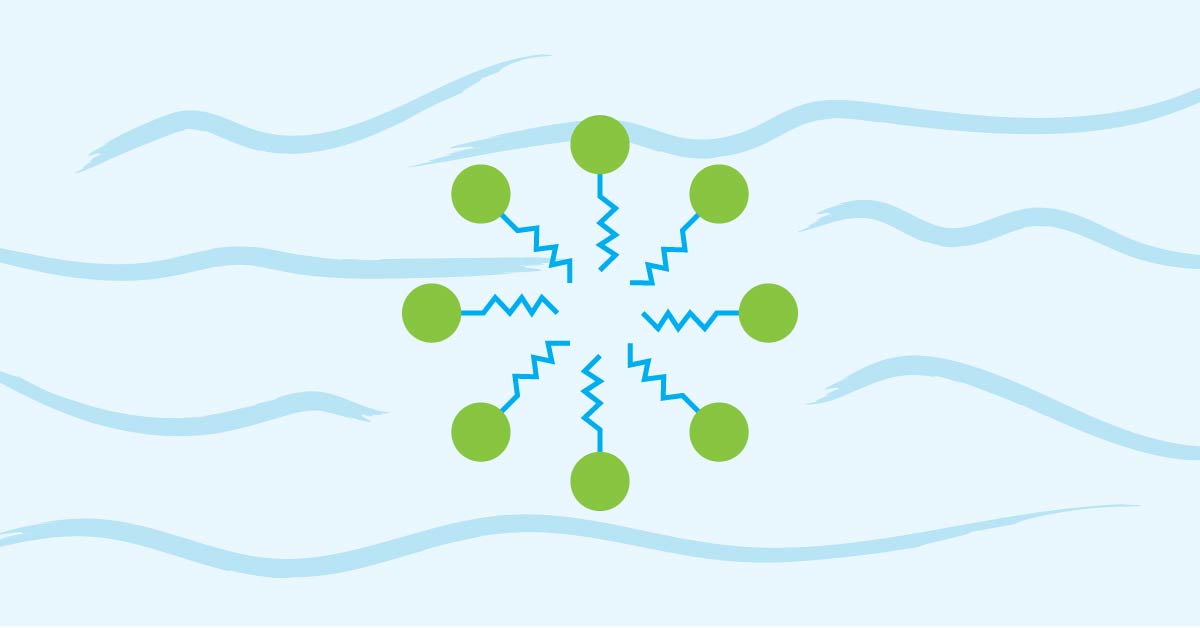
The minimum concentration at which detergent molecules start forming micelles is called critical micelle concentration (CMC).
So, now we know that detergents in your experimental solution forms micelles. But how does that help with the applications that detergents are used for, like lysing cell membranes?
The short answer is detergent micelles and biological membranes have a very similar chemical structure – hydrophobic regions clustered together and shielded from the aqueous environment by the hydrophilic regions. And this similarity in chemistry becomes very useful in membrane lysis.
Like detergents, cell membranes have their polar parts cluster together and face the aqueous environment. The nonpolar portions assemble and shield themselves away from polar cytosol and extracellular sides. Due to this similarity, detergents can penetrate membranes and eventually break them apart.
To understand this better, let us first start by quickly recapping how a typical cell membrane looks. As shown below, biological membranes generally have a phospholipid bilayer.
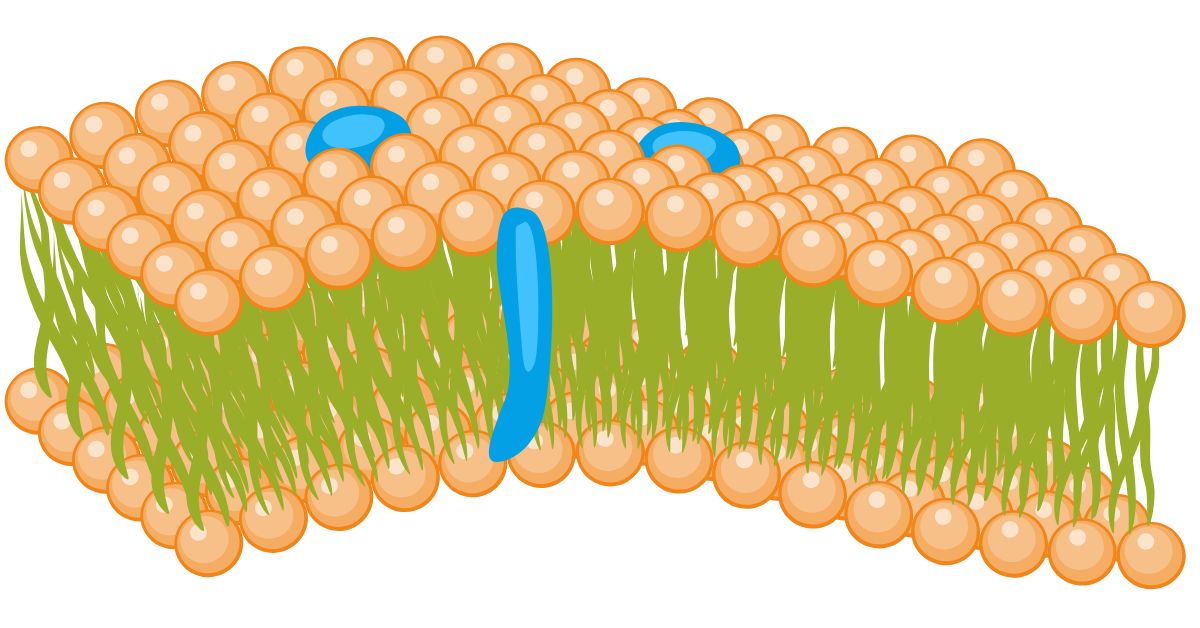
Figure 3. Schematic representation of a cross-section of a
typical biological membrane. The hydrophilic parts (yellow circles) face the
polar aqueous environment outside. The hydrophobic parts (green) cluster
together away from the aqueous side. The blue depicts proteins such as integral
membrane proteins.
Here, the polar heads in the phospholipid molecules face either the cytosol or the extracellular environment – both of which are aqueous and polar. The hydrophobic tails cluster together within the bilayer, hiding away from the polar aqueous environment. This is very similar to what we saw with the structure of detergent micelles.
Proteins that are associated with cell membranes – like integral membrane proteins (IMPs), tether themselves in the membrane by hydrophobic interactions with the hydrophobic tails of the lipid bilayer.
When the cells or cell membranes are treated with a detergent, the membrane proteins and lipids come out of the membrane and get incorporated into detergent micelles where the architecture is pretty similar to how they exist within the lipid bilayer of the membrane. The hydrophobic regions are clustered together away from aqueous sides and the polar groups face the aqueous environment. And this is the way detergents get membrane proteins and lipids solubilized during cell lysis experiments.
To explain this in a bit more, detergents solubilize membranes in the three-step process:
1. Because of structural similarities between biological membranes and how detergents exist in solutions, detergents get incorporated into cell membranes.
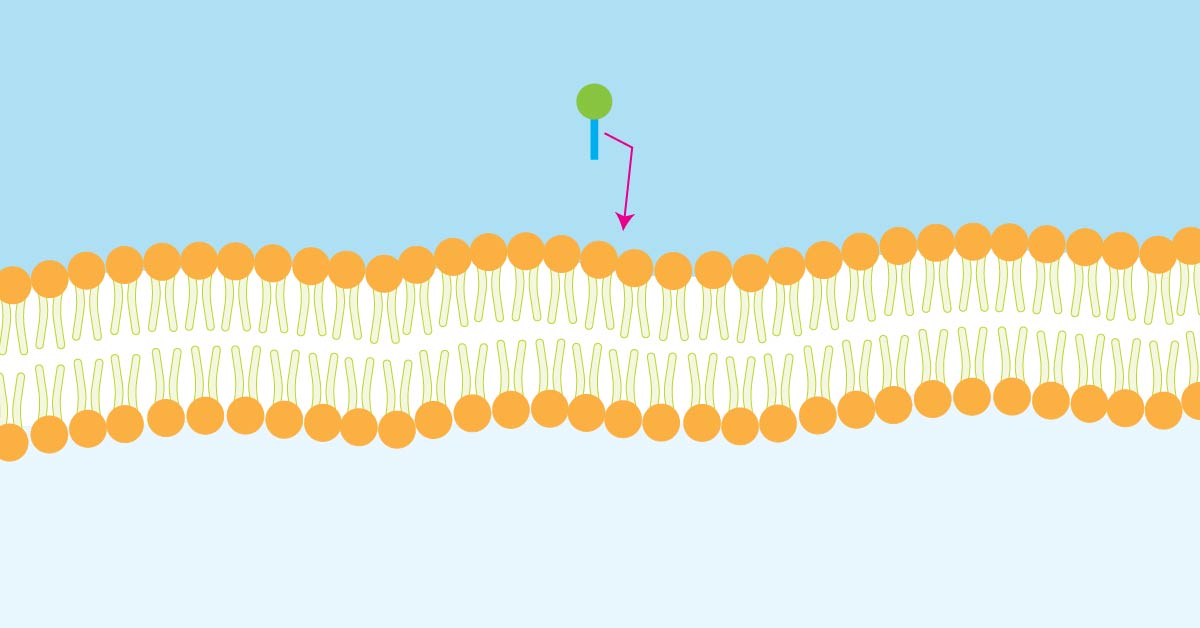
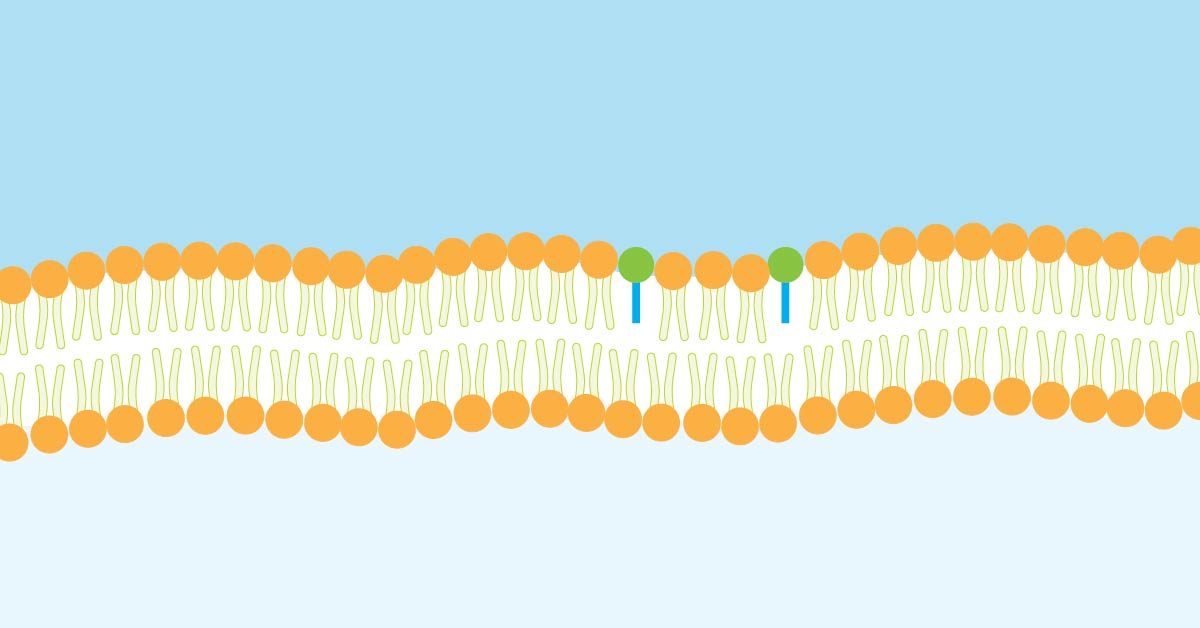
Figure 4b. Detergent molecules cluster in the cell membrane because of their similar properties.
2. As the detergent concentration crosses the CMC, the membranes get saturated with detergent molecules, and the destabilized membrane starts breaking off at this point.
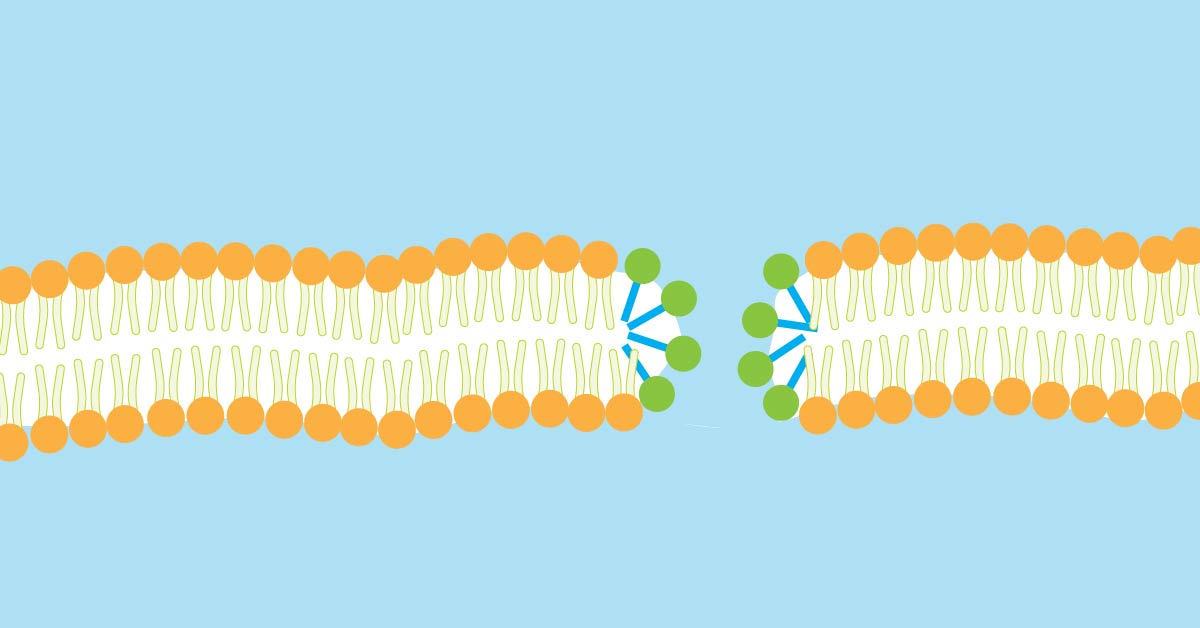
Figure 4c. More detergents cluster forming pores in the membrane.
3. The cell membrane becomes destabilized by detergent molecules, now start breaking off.

Figure 4d. Membrane proteins and lipids now exist as a mix of micelles with detergents.
4. As the detergent concentration increases further, these lipid-protein-detergent mixed micelles start breaking off as either lipid-detergent micelles or protein-detergent micelles. The membrane completely lyses, and its lipid and protein constituents solubilized in the process.

Detergents are ionic – cationic/ anionic, nonionic and zwitterionic. Ionic and zwitterionic detergents can break protein-protein interactions. Zwitterionic detergents might be less harsh than ionic detergents for denaturing proteins.
Nonionic detergents are used to solubilize membrane proteins in their native forms.
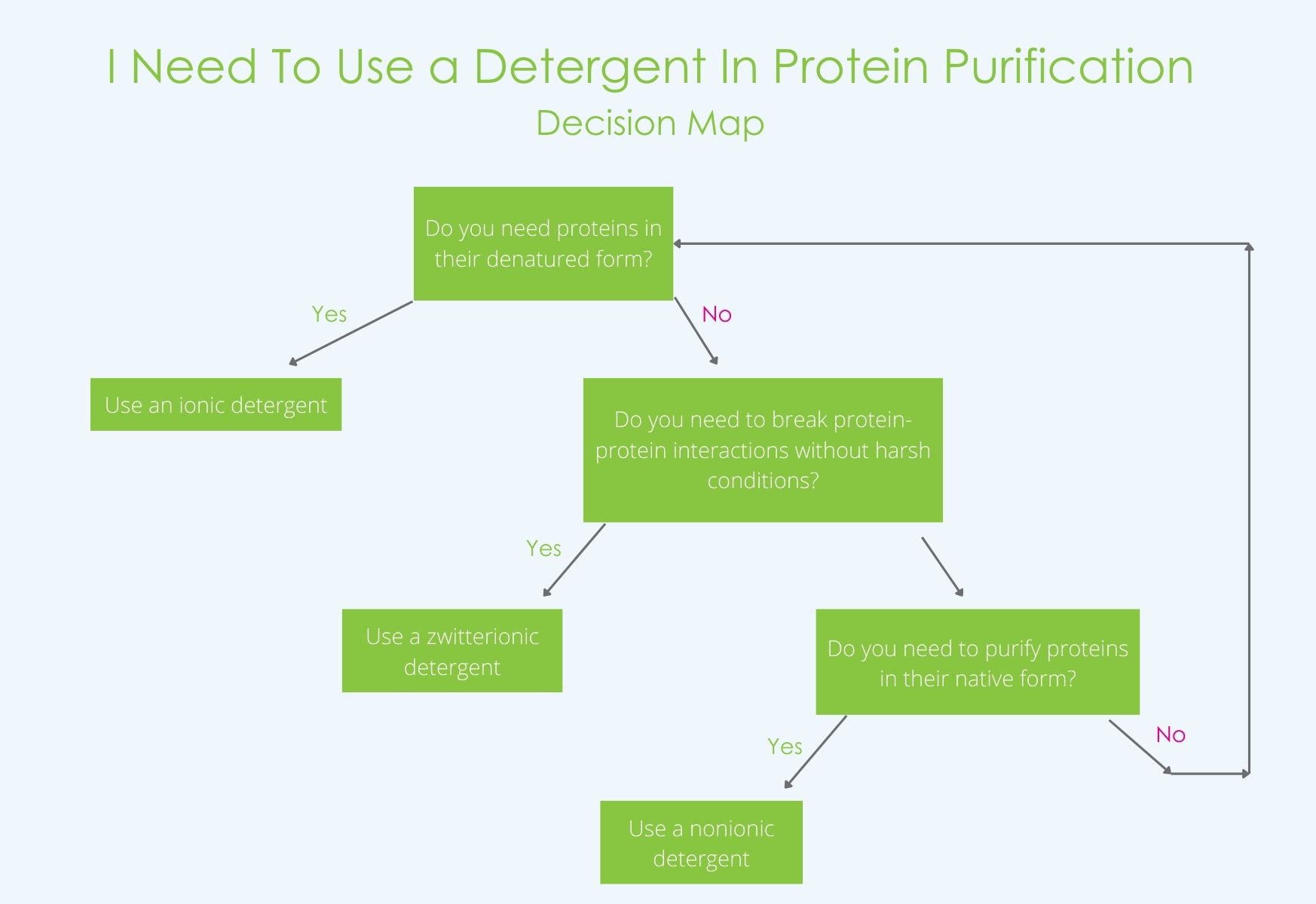
Figure
5.
Decision
map for choosing a detergent to lyse cells for protein purification.
Nonionic detergents
Nonionic detergents cannot denature and break protein-protein interactions. Instead, they are used to solubilize membrane proteins in their native forms.
Nonionic detergents, with hydrophilic but uncharged heads, also do not denature proteins. For nonionic detergents, the head group has either a polyoxyethylene moiety or glycosidic groups. An example of a nonionic detergent is dodecyl maltoside, very commonly used for solubilizing membrane proteins in non-denaturing conditions.
Ionic Detergents
Detergents are ionic if the polar heads have a net charge. These detergents can denature proteins. SDS is a well-known example of an ionic detergent, which is regularly used in various protein-related applications such as SDS-PAGE where you need proteins to be denatured completely. Ionic detergents can be sub-classified as cationic or anionic detergents.
Zwitterionic Detergents
Zwitterionic detergents have charged chemical groups in their polar heads, but the net charge is zero. Like ionic detergents, they can denature proteins and break protein-protein interactions, but some zwitterionic detergents such as CHAPS are milder denaturants than ionic detergents.
So, to sum up, here is how you can narrow down your detergent choices based on whether they are ionic or non\ionic or zwitterionic – depending on what role you need the detergent to play in the experiment. You’d want to use ionic detergents if you are aiming to purify your target protein in a denatured form, or you want your sample proteins completely denatured for a certain experiment – such as SDS-PAGE. When you want milder denaturing conditions for your protein experiment, you might want to choose a zwitterionic detergent like CHAPS.
|
Detergent type |
Ionic |
Zwitterionic |
Non-ionic |
|
Used for |
|
|
|
Detergents are used in experiments that involve lysing or permeabilizing the cell membrane, for solubilizing and purifying proteins, and in protein gel electrophoresis and blotting. Here are some insights about how detergent properties tie in with their roles in these experiments.
Detergents are used in cell lysis experiments because they can break down cell membranes. Detergents are also useful in breaking down the membranes of cell organelles like the nucleus, Golgi bodies etc.
We have already discussed how detergents can break apart biological membranes. This property ties in with cell lysis experiments where the first step is tearing apart the cell membrane. If you are lysing cells for extracting proteins in their active non-denatured form, you’d need to go for a nonionic detergent. If you don’t care if proteins get denatured, you’d be fine with using ionic detergents which are harsher and more efficient with lysis.
Detergents, because they can breach cell membranes, are used for permeabilizing cells. Permeabilizing cells means you do not completely lyse the cell. Instead, the membrane is made more permeable, which would let in stains or dyes that can then bind to intracellular components such as the nucleus.
There are fluorescent stains in microscopy to photograph sub-cellular components or sort cells – as in FACS experiments. But the first step in this type of staining experiment would be to let the stain pass inside the cell through the membrane. To do this, you would need a nonionic, mild detergent for that purpose.
Membrane proteins, tethered to the phospholipid bilayer with their hydrophobic regions, are difficult to solubilize. Detergent micelles, due to similarity with membrane chemical architecture, can solubilize membrane proteins.
Suppose you want to extract and purify a membrane protein for your analysis. The first step would be to solubilize it out of the membrane. In this context, detergents are very useful.
Pictorially, this is shown in a stepwise manner. You add the detergent (green head, blue tail) and because of the similarity between its chemical structure and that of the membrane – both have hydrophobic and hydrophilic parts, the detergent easily gets incorporated into the membrane (note: blue within the membrane are membrane proteins).

Figure 6A.
Detergent molecules (green head, blue tail) get incorporated into the membrane.
This leads to membrane lysis.

Finally, the membrane protein gets extracted out of the membrane and exists within a detergent micelle. This completes the solubilization process for the membrane protein.
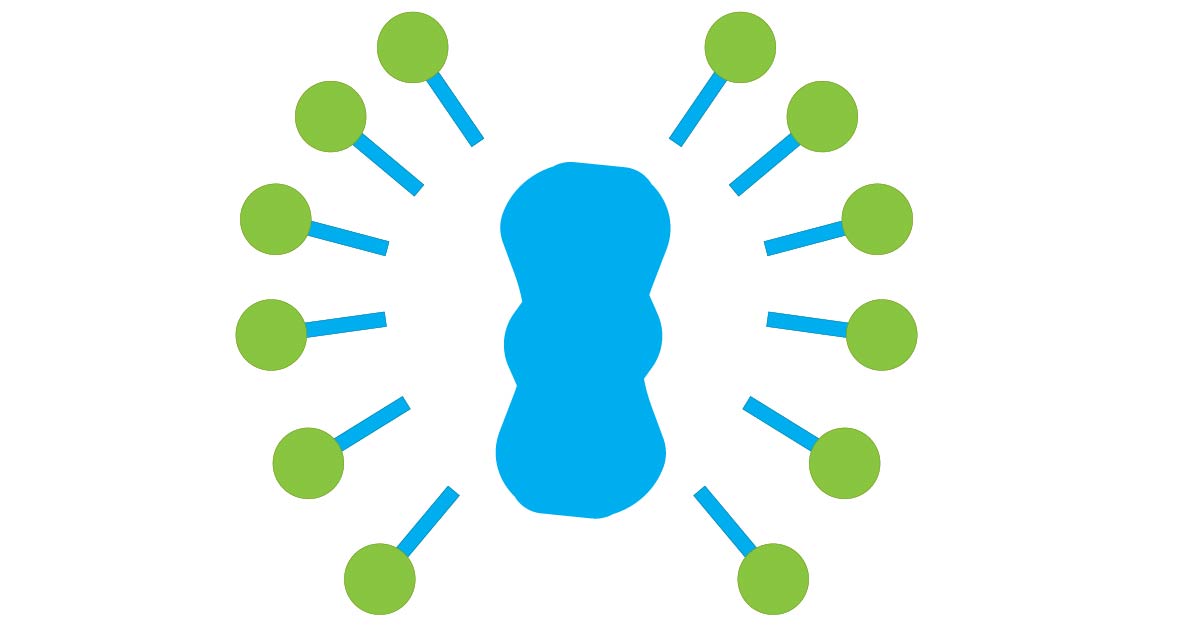
Figure 7. Schematic representation of a membrane-associated hydrophobic protein existing inside a detergent micelle after being extracted out of the membrane.
Often, membrane protein solubilization experiments are nuanced – you want to extract the protein out of the membrane, but you need to preserve its biological structure and function. For this, nonionic detergents such as sodium dodecyl maltoside are very useful.
Detergents are used in all types of protein electrophoreses. Denaturing detergents like SDS are used where you need proteins in the sample completely denatured. For native PAGE, where you want the native structure of proteins preserved, nonionic detergents are used.
Ionic detergents denature proteins and can break protein-protein interactions. For example, the ionic detergent SDS, completely linearizes proteins to their primary structures, and confers an overall negative charge to the proteins in the sample, which is required for the electrophoresis.
Blocking is an important step in blotting experiments and ELISA. Blocking prevents nonspecific binding and improves signal-to-noise. Nonionic detergents like Tween 20 are commonly used in blocking buffers to prevent the nonspecific binding of antibodies to Western membranes and ELISA plates.
Which detergent is most suitable for an experiment depends on:
Here is a very useful article that covers all the different detergent we offer. Here we include very relevant information on these detergents’ classification as ionic/ non-ionic/ zwitterionic, their properties such as CMC, in which of your experiments you can use them, whether they denature proteins or are mild, and so much more.
In most cases, selecting a detergent gets nuanced because you need to maximize the yield of your target protein while preserving its biological structure and function. In these cases, you would need to go with a nonionic detergent. If you don’t care if proteins get denatured, a harsh ionic detergent is the choice.
Some detergents are finicky with temperature and behave differently at different temperatures. So, check whether the detergent you are choosing is compatible at the temperature you will run the experiment.
How easily the detergent can be removed prior to downstream applications is another important consideration. Also, some detergents are not compatible with certain downstream steps. For example, you’d want to avoid Triton X-100 that interferes with UV-based quantification of the target protein after the extraction step.
You’d also want to check whether the detergent you are using has contamination with proteases or nucleases that might hamper your extraction or purification.
Finally, for unknown reasons, some detergents work especially well for specific purposes. You’d need to keep up with the literature to not miss out on those facts. For example, dodecyl maltoside detergents work very well for solubilizing membrane proteins in their native form.
So, first figure out exactly what you need the detergent to do in your experiment – solubilize the target protein, denature proteins etc. And then, check which one, based on its properties, is the most suitable for your experimental needs.

Competent cells such as DH5a, DH10B, and BL21 will maintain their transformation efficiency for at least a year with proper storage. It is important to...

Ni2+ ions give nickel agarose beads their characteristic blue color. This blue color can fade or disappear completely when loading his-tagged proteins onto the column....

Nickel agarose beads change from blue to a brown or black color when the nickel ions have been reduced from a Ni2+ to a Ni1+...

The GoldBio Floating Tube Rack is one of our more clever giveaways because of the unique purpose it serves. And, with it also being one...
